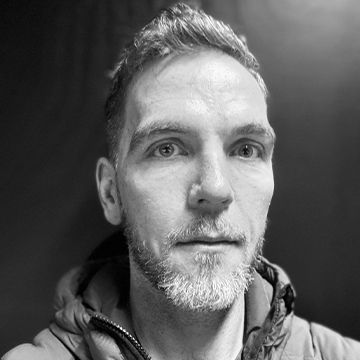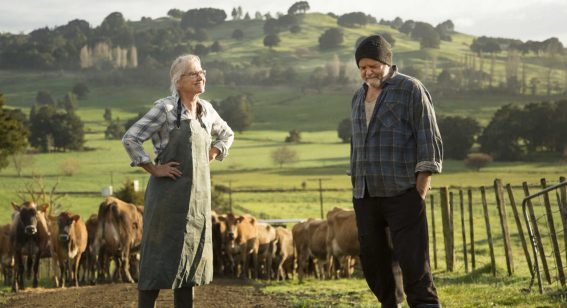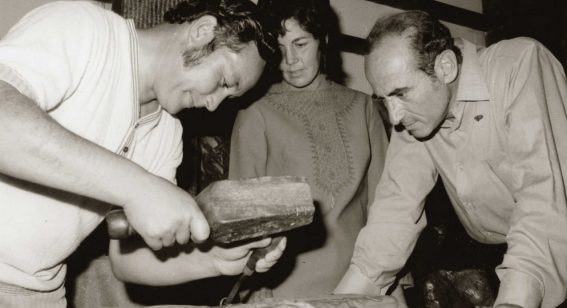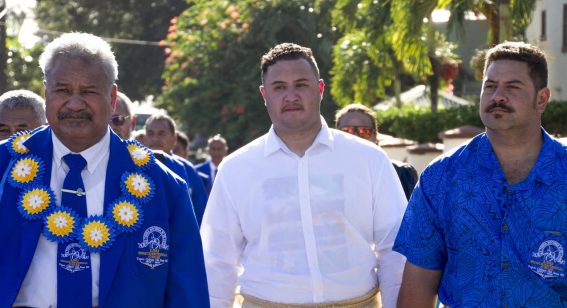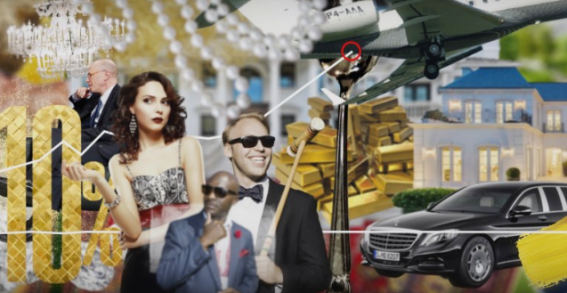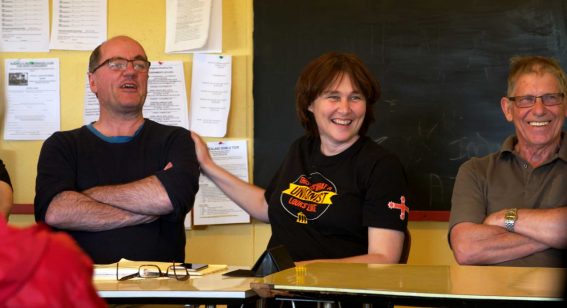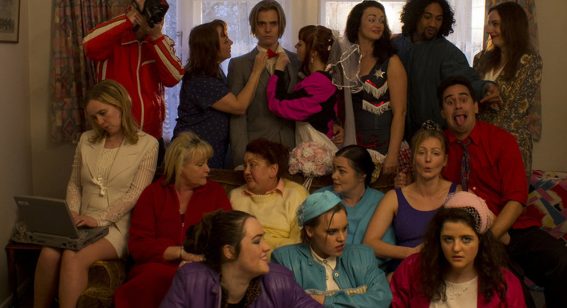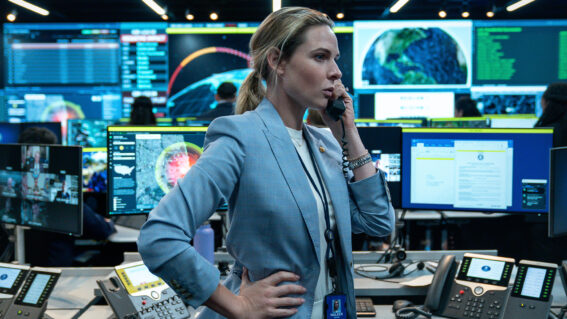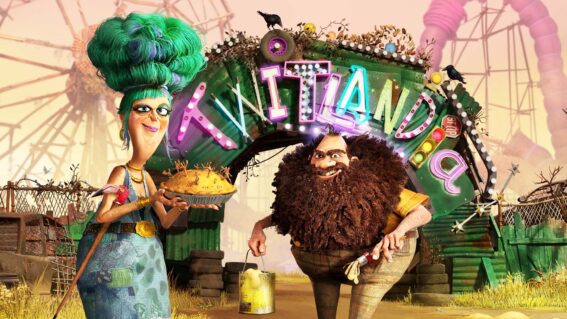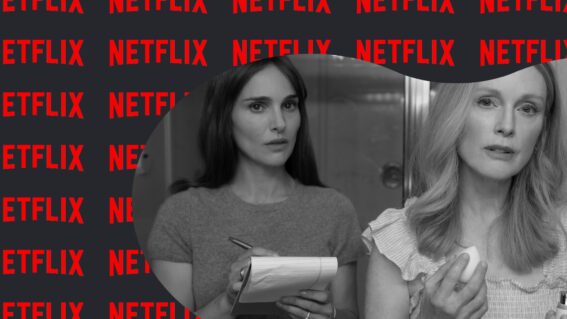Billy and the Kids director on his heartfelt NZIFF doco on a Kiwi boxing champ
We talk to Mark Albiston about Billy and the kids he’s saved.
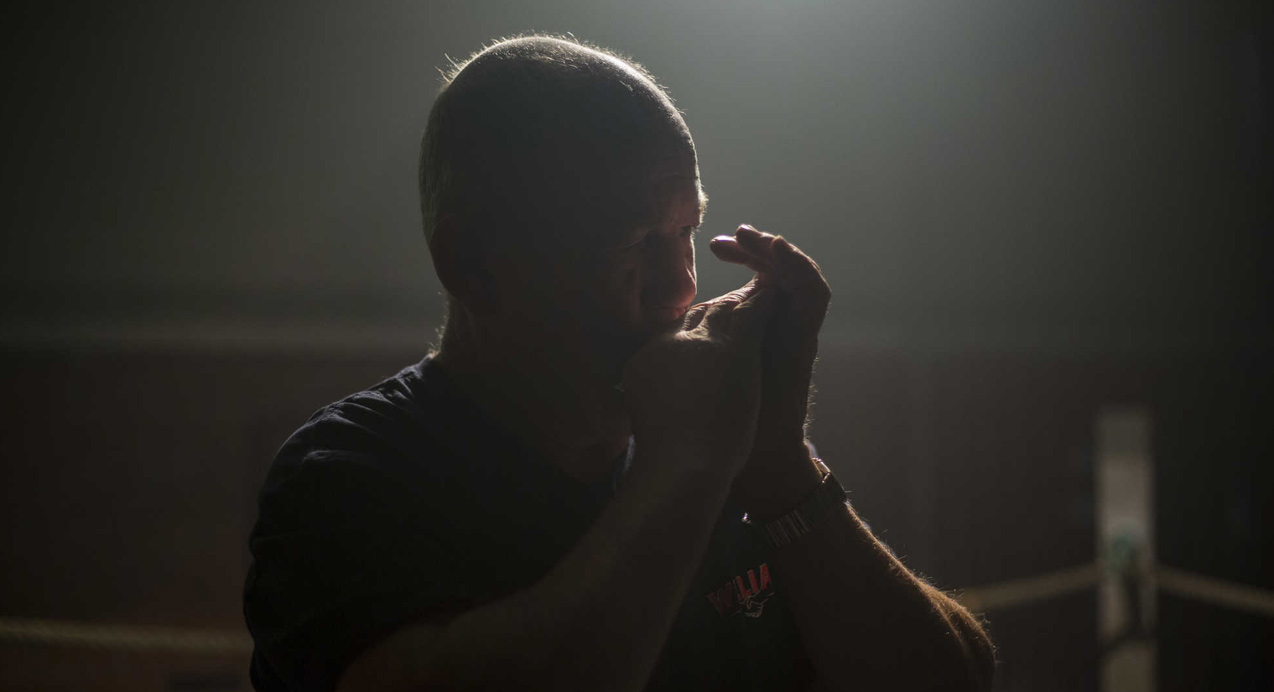
Playing as part of this year’s New Zealand International Film Festival, Billy and the Kids is a 40-minute look at Kiwi boxing champ Billy Graham and the under-privileged kids he helped through the discipline of boxing. We ask director Mark Albiston six questions about the film.
FLICKS: Describe your film in EXACTLY eight words.
MARK ALBISTON: Heartfelt movie about a coach who saves kids.
How’d you come across Billy Graham and at what moment did you get inspired to tell this story?
I met Billy at the Naenae boxing academy when I was casting for a film I made years ago and noticed the way the young people in Billy’s gym were all so focused and friendly. As a stranger, I walked in and was greeted with 30 handshakes and introductions from 8 – 30-year-olds.
As the kids trained with Billy’s son David, Billy took me for a tour of the boxing academy walls which are covered memorabilia. He had a story for every signature and photograph as he pointed out his boxing heroes like Joe Fraser, Muhammad Ali and his legendary coach Dick Dunne.
For every story that Billy had about a boxing hero, he’d match it with a kid that had come through his gym—passing exams, becoming a musician, or owning their own lawn mowing business. He’d then shake his head and fight the tears as he told me about some of the kids that he’d lost, to abusive parents, drugs, gangs—you name it, he’s seen it.
I looked back at the smiling faces in the gym, Billy pointed out that a number of them were police referrals, immigrants and kids that were often kicked out of class or didn’t go to school at all.
I travel for 40 minutes through peak hour traffic to Naenae to take my boys to the boxing gym to be with an amazing bunch of friendly kids and the warmth of Billy’s amazing gym.
And that’s why I made the film.
Was it easy for you to connect to the kids while shooting this film or was there a trust-earning process you needed to go through first?
I talked to people a lot before I interviewed them. It’s something I always do for documentaries. The time you spend with people before you shoot anything is the most important time of all.
I remember some of the funny, sad, interesting stuff that comes out when they’re relaxed and then try to find it again when we have the cameras on. Some of the kids were shy but brave. They have to talk to a large group every time they go to the gym, it’s part of the gym session. Introducing themselves and telling their peers how their day went. So talking on camera was no problem for them.
Did you have a clear vision of the story before you started filming or did you “find the story” during the editing process?
I had a pretty clear idea of each of the stories of the young people we chose to be interviewed because mostly the film is all about kids’ backstories which I’d researched before I filmed them. But if something starts to happen as we’re shooting, we’ll deviate from the loose plan and run with it.
Some of my favourite moments in the movie are when we sit back and watch interactions—the people get so used to the camera floating around them they forget we’re filming and just be themselves.
40 minutes is quite a specific running time. Did you always intend to tell this story at this length or was it originally meant to be longer/shorter?
I only had a week to film due to the fact that everyone’s time and all the gear was given for free. The film was made without any money. So I focused on the journeys of individuals in the gym and the personal experiences of each of the kids and how the gym had affected them.
The film found its own way to 40 minutes really—letting Billy and the kids tell their own story and giving time to the moments that felt right.
I definitely kept Billy’s interview pointed in the right direction. I’d spent a lot of time with him and he told me a million amazing stories but when we shot his interview I knew what we needed to get and stuck to the right questions and reminded him to keep on track. He’s a natural storyteller and will jump into a new story at the flinch of an eye.
Out of all the footage that ended up on the cutting room floor, what moment was the hardest for you to cut out of the film?
I can’t think for anything that’s been dropped that I miss… we used a lot of what we’d shot and managed to do pretty well in the week that we had. There were some stories that I couldn’t tell. You need to look after the people that you’re filming and some stories are just too painful to make public.
If I had more time and money, I’d follow the kids over a longer period of time and see them attending boxing events and going through things like school exams, the birth of a sibling/life. Billy’s now got five academies and it would be great to see characters in each of them. I could see a bigger film while I was making this one.
Who knows. Maybe we’ll make it.
